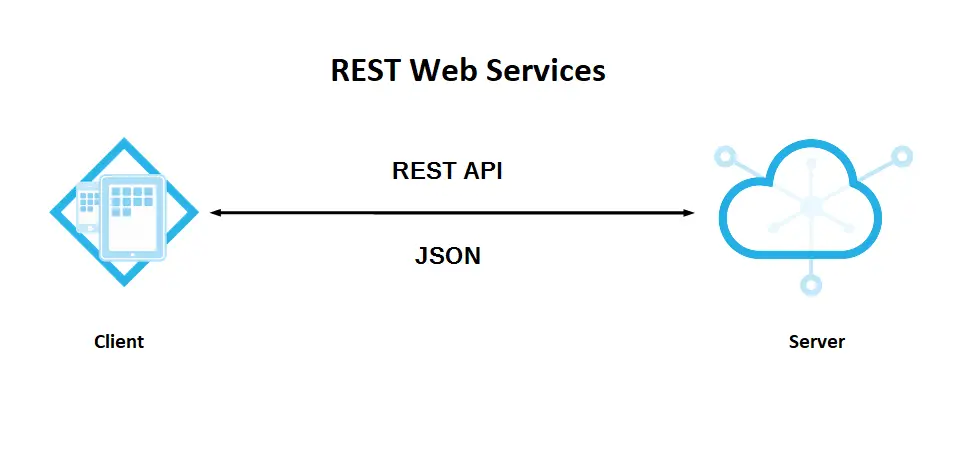Rest vs Restful web services
By FoxLearn 4/1/2024 1:55:14 AM 103
However, there are subtle differences between them:
1. REST (Representational State Transfer):
- REST is an architectural style for designing networked applications.
- It's based on a set of principles that outline how web standards such as HTTP and URIs should be used.
- REST emphasizes stateless communication between client and server, meaning that each request from the client to the server must contain all the necessary information for the server to understand and fulfill it, without relying on any context from previous requests.
- The data format of REST is based on HTTP, use standard HTTP methods (GET, POST, PUT, DELETE, etc.) to perform CRUD (Create, Read, Update, Delete) operations on resources.
2. RESTful Web Services:
- RESTful web services are implementations of the REST architecture.
- They expose a set of resources (such as data objects or services) through a consistent interface, typically using URIs to identify resources and standard HTTP methods to perform actions on them.
- RESTful services often utilize JSON or XML as data interchange formats.
- These services are designed to be lightweight, scalable, and easy to understand.
- They support the principles of REST, such as statelessness, client-server separation, and uniform interface.
REST is an architectural style, RESTful web services implement REST architecture. RESTful services adhere to the principles of REST, providing interoperability, scalability, and simplicity in the development of distributed systems.







